Like the RAM on your computer, your brain has a slot or position for each bit of information it chooses to retain. If you’re like me, you’re likely to be selective about the information you retain, mainly to keep you sane from the influx of information you receive each day. According to Finances Online, predictions from data experts globally show that humans will produce and consume about ninety-four zettabytes of data by the end of 2022. One zettabyte equals around one trillion gigabytes. Depending on where you live and how much time you spend online, it is estimated that you will see between 4,000 and 10,000 ads a day.
Your mind just rejects new information it does not compute, and only accepts new information that matches your current state of mind and beliefs. Everything else gets filtered out. For example, if you ask two people with different opinions on climate change to read an article about increased temperatures recorded in Antarctica, both will find data in the article to substantiate their point of view. Little mind-changing takes place.
A classic example of this is the Coca-Cola and Pepsi blind taste test. Studies have proven that most people prefer the taste of Pepsi when they do a blind taste test. However, when the same people see the Coca-Cola logo and then drink the soda the person responds emotionally to Coca Cola which then overrides the taste, and they choose Coca-Cola instead. If this were not the case, there would be no role in advertising.
However, the key is to ask yourself where your brand sits in your customer’s mind. Not only does one’s mind reject information that does not match its prior knowledge, experience, and beliefs, it does not have much prior knowledge or experience to work with.
According to Harvard psychologist Dr. George Miller, the average mind cannot deal with more than seven units or list items at a time. How many mobile phone brands can you name? It’s proven that anyone rarely remembers more than seven brands in a product category. To cope with complexity, we have learned to simplify everything, by ranking products and brands.
Imaging a ladder in your mind with the names of cell phone brands
- Apple
- Google Pixel
- Samsung
- LG
- Microsoft
- Nokia
- Sony
What position is your brand in your product category? If you aren’t ranking at number one and you want to increase your market share, you need to dislodge the competitor above you – a task that is close to impossible. What would Sony or Motorola need to do to dislodge Apple from the top position in my mind?
Most companies do advertising and marketing as if the competitors’ positions did not exist.
So, what is the answer then?
Here are a couple of approaches for you to consider.
- Carry in a new ladder
Think Bluetooth. As a brand-new concept (ladder) it took almost 60 years after Bluetooth was invented for Sony Ericsson to launch it in a handset. “Carrying in a new ladder” can be super challenging as it requires a lot of education. It is therefore easier to position a new category against an old one. For instance, when cars were introduced, there were called horseless carriages. Tesla has come in with an electric car, not just another car. When Apple came out with the iPhone, they started a new category the smartphone.
- The against position
Your competitors’ position is just as important as your own. Even more important in fact. The Avis campaign is a classic example of establishing the “against” position. Avis was the number 2 brand in car rental against the bigger and more dominant Hertz. For 13 consecutive years Avis lost money, but then they decided to own it. After admitting they were number 2 and going to market with the slogan “We try harder” Avis made a profit for 3 years in a row before being bought by ITT Corporation.
You may think that Avis was successful because it tried harder. Not at all. Avis was successful because it associated itself with Hertz being in the #1 position for car rental. Customers related and wanted to support the underdog.

